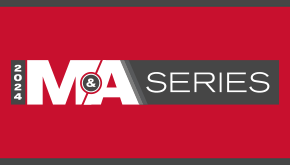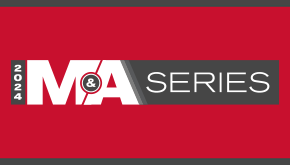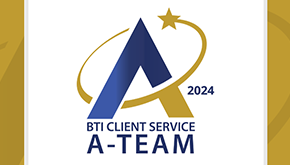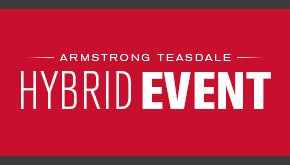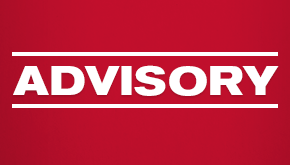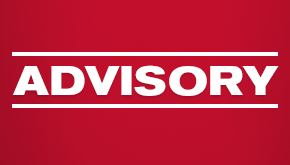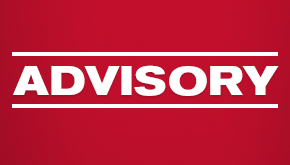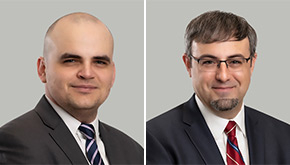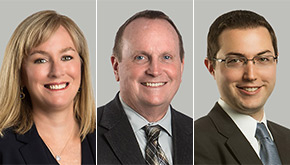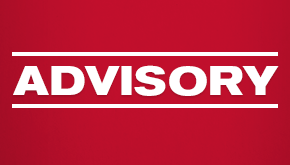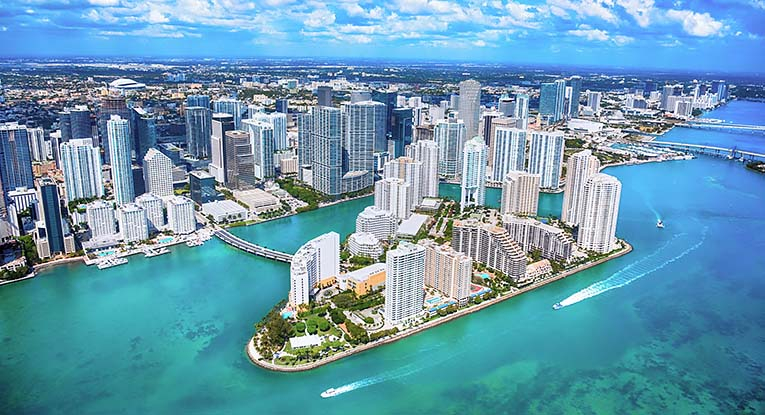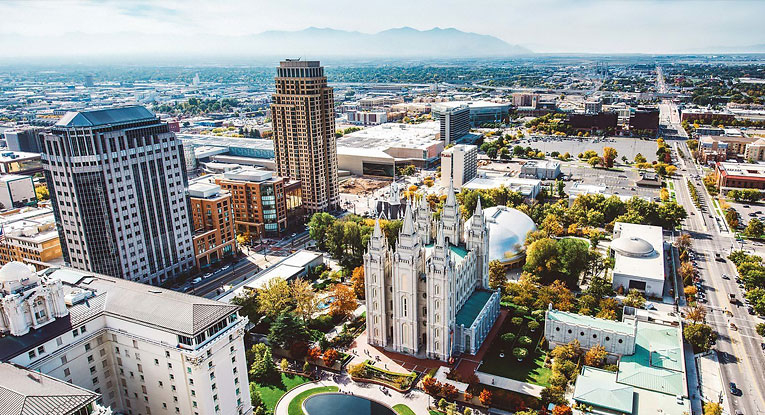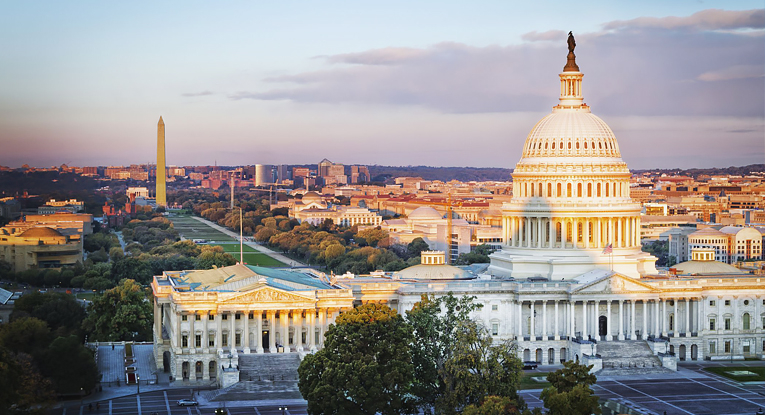The Sky Was The Limit For SPACs In 2020 But Are Clouds On The Horizon For 2021?
In 2020, SPACs raised approximately $80 billion — about as much as the last 10 years combined. By most estimates, there were over 235 public SPAC offerings last year, with an average public offering of $334.8 million. SPAC fundraising in 2020 accounted for about 50% of the IPO market share.
Incredibly, by mid-February 2021, SPACs had raised more than $38 billion, with an average of $296 million for 128 SPAC IPOs. That is nearly half of the total amount of money raised in 2020 and exceeds the total raised in 2019 — all in just two short months. The increased popularity of SPAC money raised has finance professionals wary and bracing for a seemingly inevitable burst of the SPAC bubble. However, it is difficult to predict when that burst will occur, particularly as market professionals, and even celebrities and athletes, buy into the trend. What is certain is that as the popularity of SPACs increases, the controversy surrounding SPACs will too. This could have an impact on the banking sector in many ways. For example, a number of the companies being acquired by SPACs are in the fintech and alternative banking space, allowing them to develop more bank-like products to compete with traditional banks. Further, the businesses that SPACs acquire have relationships with financial institutions that may be altered or disrupted through the public company reverse-merger process.
What is a SPAC?
Despite being around for years, the general investing public is not well educated about SPACs. Simply put, a SPAC is an entity formed with no operations or specific business purpose. You may also hear a SPAC called a “blank check company.”
Typically, a SPAC is formed by a management team, referred to as the “sponsor.” There are two clear stages of a SPAC’s life cycle: (1) the initial public offering (IPO) and (2) the business combination. First, investor funds are raised through an IPO with the stated intention of subsequently acquiring or merging with an unidentified existing privately held company. Once the money is raised, the funds are put in a trust to await the next step — the business combination. The funded public company has about 24 months to find one or more businesses with which to combine.
Once the SPAC has identified an initial business combination opportunity, it negotiates all of the terms of the combination at arm’s length with the target company and executes the business combination. This opportunity is then presented to the SPAC shareholders for approval under federal proxy rules. If approved, the private target company, in essence, reverse merges with the publicly traded SPAC and then carries on its business — but now as a public reporting company.
Challenges with Anticipated SPAC Business Combinations in 2021
Meanwhile, potential investors looking to jump on the SPAC bandwagon should be conscious of an impending scarcity of viable privately held operating companies that is likely to occur as the market becomes more saturated with SPACs — particularly as management teams who have seen success with other SPAC mergers establish credibility and establish more SPACs. With the increased competition, it will become more difficult for SPACs to acquire an attractive private company.
Additional concerns are likely to arise with SPAC business combinations in 2021. The SPAC acquisition due diligence process is largely completed by the SPAC’s management or sponsor and facilitated with the target company’s help. There is a heightened concern that without external due diligence review, fraud in the merger will become more common. For example, target companies may provide misleading or insufficient materials to the SPAC. Also, sponsors may move forward to consummate an acquisition with a target company for the limited purpose of the direct financial gain to them, and without concern for investors’ interests — potentially overlooking financial reporting or internal control issues in the process.
This has already started to happen. Following a Hindenburg Research report, several shareholders filed a securities fraud class actions against a zero-emissions vehicle company that merged with a SPAC in June 2020. The allegations include fraud and false statements under Section 10(b) and Rule 10b-5 of the Exchange Act, as well as claims against individual officers and directors. The buyer has also been accused of failing to conduct adequate due diligence of the target. The SEC and the Department of Justice are looking into the matter as well.
We also anticipate an uptick in private shareholder litigation stemming from these transactions, including: (1) securities class actions against the new public entity (which is subject to the same scrutiny as any public company); (2) misleading or fraudulent misrepresentations or omissions in proxy statements (or other statements) concerning the target company; and (3) claims that SPAC directors breached their fiduciary duties of care and loyalty to the shareholders by failing to conduct adequate due diligence of the potential target.
For instance, an investigation into potential claims against the board of directors of a holding company for possible breach of fiduciary duty and other violations of federal and state law in connection with a business combination was announced in February 2021. The investigation concerns whether the board breached its fiduciary duties to shareholders by failing to conduct a fair process, including the dilution of ownership interest in the combined company.
Another area that portends an increase in litigation and regulatory scrutiny is the increasing cost and difficulties in getting director and officer (D&O) insurance coverage for SPAC sponsor teams. Typically, SPAC sponsors obtain D&O coverage to protect themselves from potential claims and as a means of attracting established directors to the SPAC management team prior to the IPO. Obtaining D&O coverage has become increasingly difficult; however, fewer insurers write these policies, and the price for them is skyrocketing. For example, from August to October 2020, a $20 million D&O policy cost more than tripled from approximately $400,000 to roughly $1.5 million. While there are other factors, the perceived risk of SPACs certainly plays a part in that increase. Many insurers are now enhancing their own due diligence processes, such as considering the management team’s track record, the due diligence process of the SPAC and the industry that the SPAC is targeting, among other factors.
The SEC Will Look Closely at SPACs in 2021
With the explosion of SPAC activity, it is not surprising that regulatory authorities, especially the U.S. Securities and Exchange Commission (SEC), have taken notice and have become more involved in regulating and overseeing these investment vehicles. For example, on Dec. 22, 2020, the SEC Division of Corporate Finance issued CF Disclosure Guidance: Topic No. 11, which outlines disclosure considerations for SPAC IPOs and business combination transactions. This guidance is intended to bring about clear disclosure by SPAC sponsors, management and other affiliates so that public investors understand their financial incentives and potential conflicts, both at the time of the SPAC IPO and during the business combination transaction.
Incoming SEC Chairman Gary Gensler has also indicated that heightened scrutiny and increased regulation of SPACs are forthcoming in 2021. In particular, Gensler could increase oversight on projections and insider trading and build on the recently issued disclosure requirements, especially concerning disclosure of conflicts of interest. With increased scrutiny and disclosure requirements, we can expect to see an increase in investigations and litigation arising out of SPAC transactions or potential SPAC transactions.
SPAC IPOs Will Face Competition in 2021
On Dec. 22, 2020, the SEC approved the NYSE-proposed plan to allow companies to raise capital through direct listing IPOs instead of solely selling existing shares of the company. This means that a company can now sell, on its own behalf, newly issued shares directly to investors to raise new capital without a traditional underwritten offering. Under the new rule, the NYSE recognizes two types of direct listings: (1) “Selling Shareholder Direct Floor Listings,” which are consistent with the prior rules where a company lists shares on the NYSE in connection with the direct sale of shares by existing shareholders; and (2) “Primary Direct Floor Listings,” where a company lists shares on the NYSE and sells shares itself in the opening auction on the first day of trading, either in addition to or instead of, facilitating shares by selling shareholders. This is yet another method for companies to go public without engaging in the traditional IPO process and could reduce companies’ popularity choosing to go public via SPACs.


